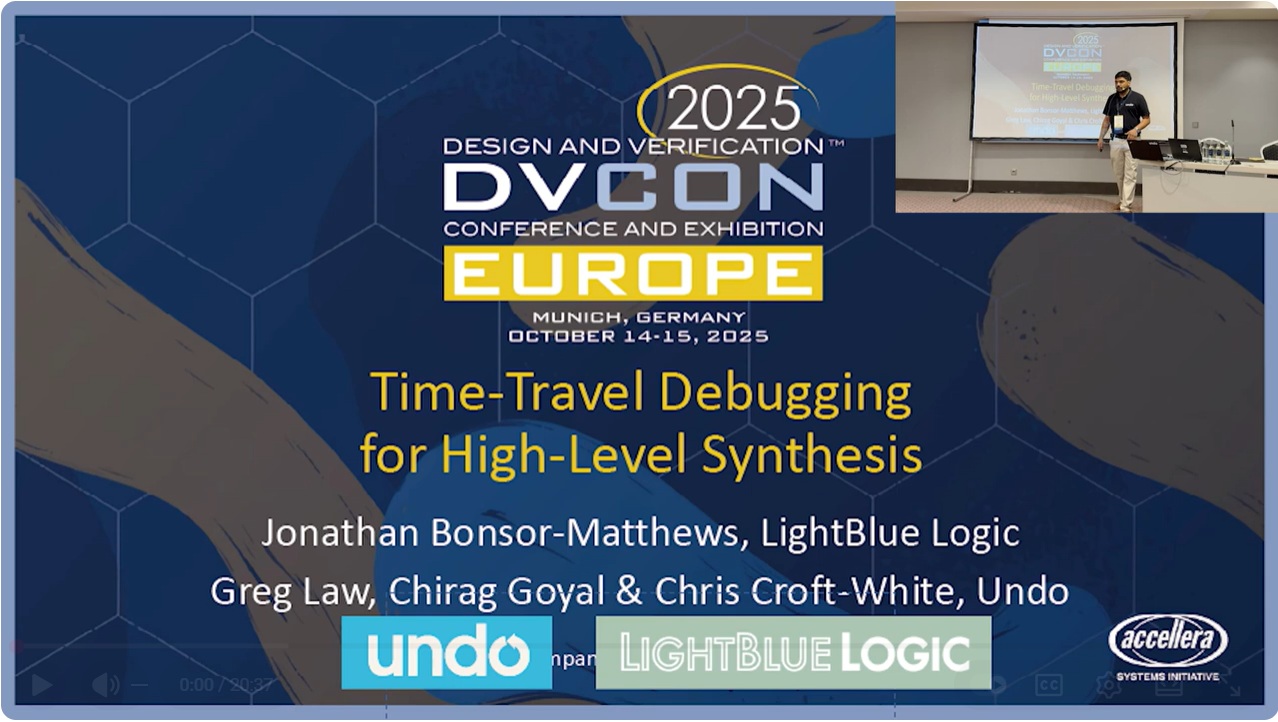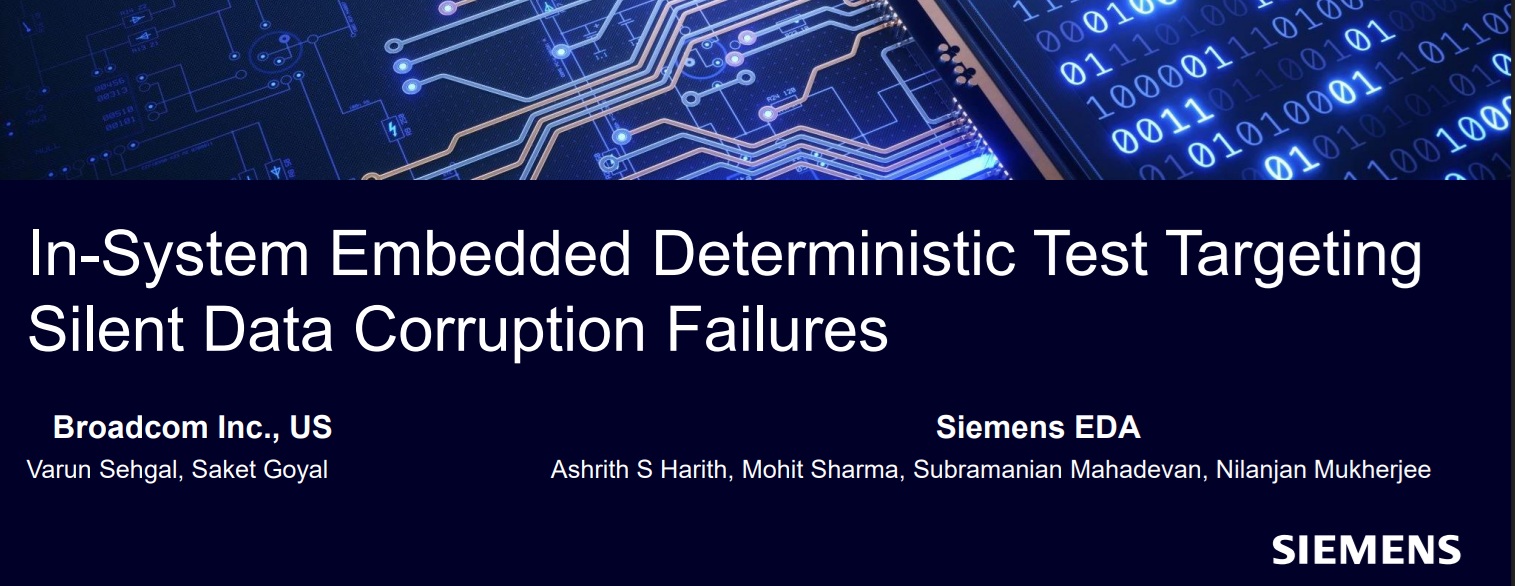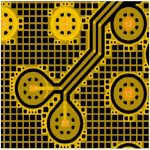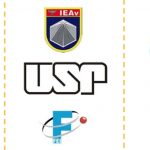This past week over 5,000 people converged on the AppliedPower Electronics Conference (APEC) in Long Beach California to understand the state-of-the-art and the future of the electronics that powers things such as servers, electric cars, white goods, factories, medical implants, as well as drones. The conference, which is… Read More
 Revolutionizing Hardware Design Debugging with Time Travel TechnologyIn the semiconductor industry High-Level Synthesis (HLS) and…Read More
Revolutionizing Hardware Design Debugging with Time Travel TechnologyIn the semiconductor industry High-Level Synthesis (HLS) and…Read More Addressing Silent Data Corruption (SDC) with In-System Embedded Deterministic TestingSilent Data Corruption (SDC) represents a critical challenge…Read More
Addressing Silent Data Corruption (SDC) with In-System Embedded Deterministic TestingSilent Data Corruption (SDC) represents a critical challenge…Read More TSMC's 6th ESG AWARD Receives over 5,800 Proposals, Igniting Sustainability PassionTaiwan Semiconductor Manufacturing Company has once again demonstrated…Read More
TSMC's 6th ESG AWARD Receives over 5,800 Proposals, Igniting Sustainability PassionTaiwan Semiconductor Manufacturing Company has once again demonstrated…Read More Tiling Support in SiFive's AI/ML Software Stack for RISC-V Vector-Matrix ExtensionAt the 2025 RISC-V Summit North America, Min…Read More
Tiling Support in SiFive's AI/ML Software Stack for RISC-V Vector-Matrix ExtensionAt the 2025 RISC-V Summit North America, Min…Read More TSMC based 3D Chips: Socionext Achieves Two Successful Tape-Outs in Just Seven Months!Socionext’s recent run of rapid 3D-IC tape-outs is…Read More
TSMC based 3D Chips: Socionext Achieves Two Successful Tape-Outs in Just Seven Months!Socionext’s recent run of rapid 3D-IC tape-outs is…Read MoreWho will provide data center Soc of the future, Intel or Qualcomm ?
Intel has been incredibly successful by designing high performance server SoC to address the data center market segment, and the chance to see the company loosing large market share is pretty low, at least in the short term. Now, if we look at the really long term, 2030 or even 2040, like did the Semiconductor Industry Association… Read More
Andy Grove’s Less Remembered Intel
The following paragraphs present another one of those articles that I wrote for a Cyber Media publication, probably in the year 2000. It’s been almost fifteen years since then. When I read Sunit Rikhi’s glowing tribute to Andy Grove, a few grey cells stirred in my brain and I recalled that I had written something about the Intel that… Read More
Automotive Artificial Intelligence (AI) Insights from Patents
US9254824 illustrates an adaptive anti-collision system for providing timely alert information by analyzing the driving pattern of the driver using a neural network. A neural network utilizes massive connected artificial neurons to mimic the capability of a biological neural network so as to acquire information from external… Read More
Yelling fire in a crowded chip factory
Semiconductor market forecasts for 2016 are all over the place. Jim Handy and Tom Starnes floated a report in January looking for 10% growth. Jim Feldhan at Semico turned outright negative at -0.3% just a couple weeks ago. Tossing out the high and low scores, analysts tracked by GSA range from 0.3% to 7.0% in March updates. What’s … Read More
Bridging Design Environments for Advanced Multi-Die Package Verification
This year is shaping up to be an inflection point, when multi-die packaging technology will experience tremendous market growth. Advanced 2.5D/3D package offerings have been available for several years, utilizing a variety of technologies to serve as the package substrate, interposer material for embedding die micro-bump… Read More
IC Design Optimization for Radiation Hardening
I was born in 1957, the same year that the Soviets launched the first satellite into Earth orbit, officially starting the Space Race between two global super powers. Today there are many countries engaged in space research and I just read about how engineers at IEAv (Institute for Advanced Studies) in Brazil did their IC design optimization… Read More
IoT Workshop in Beautiful Monterey California!
It is that time of year again, the EDPS Workshop at the Tides Hotel in Monterey. This year will start out with a keynote on IoT from Serge Leef, VP of New Ventures and GM of the System-level Engineering Division at Mentor Graphics. Serge started his career at Intel followed by Microchip and Silicon Graphics. He has been at Mentor for … Read More
Growing Security Concerns Due To Internet of Things (IoT)
It is believed that by 2020, there will be about 50 billion connected devices across the world, more than 7 times the present human population. The growth of digital devices is increasing exponentially because both users and technology are getting smarter every next day and the compatibility between the two is improving phenomenally… Read More
Improvements in SRAM Yield Variation Analysis
The design of an SRAM array requires focus on the key characteristics of readability, writeability, and read stability. As technology scaling has enabled the integration of large (cache) arrays on die, the sheer number of bitcells has necessitated a verification methodology that focuses on “statistical high-sigma” variation… Read More





Quantum Advantage is About the Algorithm, not the Computer